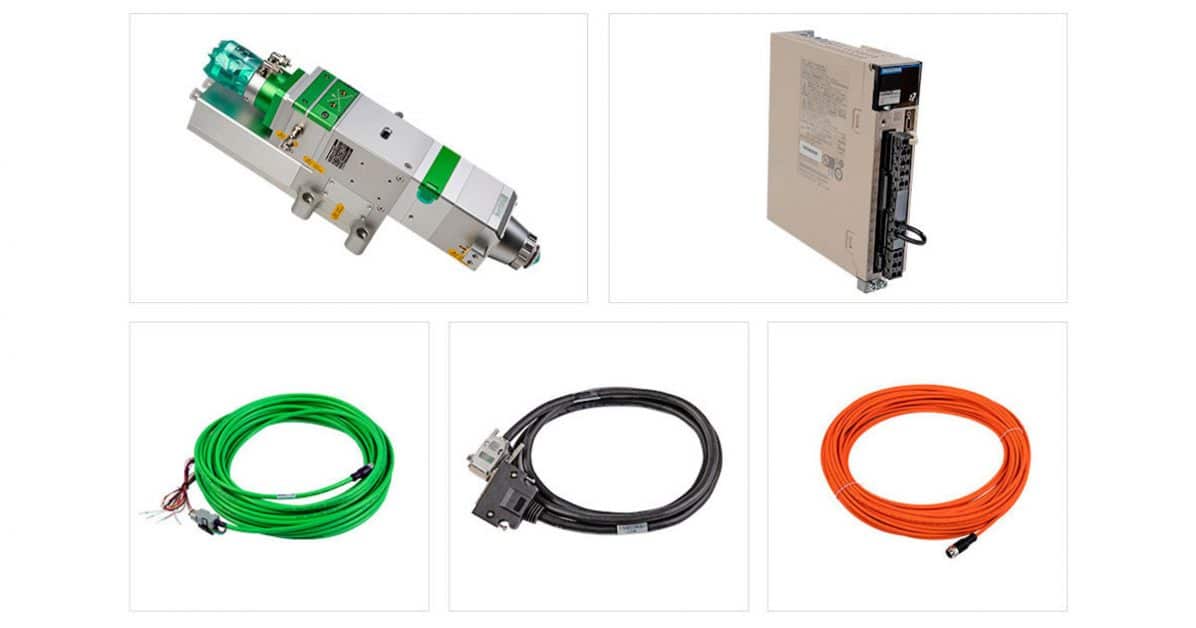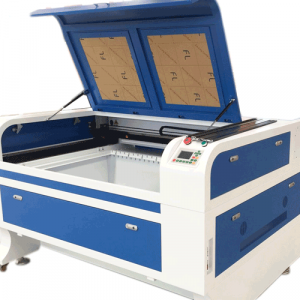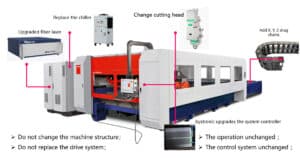Fiber Lasers
A fiber laser is a laser in which an optical fiber contains rare-earth elements (including ytterbium, dysprosium, erbium, praseodymium, neodymium, thulium, or holmium) to generate light, provide very high optical gain, and easily deliver it to a targeted location.
The modern world is filled with fiber lasers. They are often utilized in industrial settings to carry out cutting, marking, welding, cleaning, texturing, drilling, and many other applications because of the various wavelengths they can produce. They are also utilized in other businesses, including the telecommunications and medical industries.
Fiber lasers transmit light along an optical fiber cable made of silica glass. Because they are smaller and straighter than other types of lasers, the resulting laser beam is more accurate. Additionally, they feature a compact design, outstanding electrical efficiency, need little maintenance, and have cheap running expenses.
What is a Fiber Laser Machine?
A fiber laser machine is a machine with a fiber laser system built into it and prepared for specific use. The laser machine is the framework in which the tool is incorporated, whereas an OEM laser system is the tool that really does the operation. Fiber laser technology can guarantee that:
- Employees are completely secure by providing fume extraction and laser safety.
- Mechanical parts automate processes to make the operator’s job easier.
- The laser procedure is tailored for a particular surgery.
Types of Fiber Lasers
Fiber Bragg gratings are built monolithically by fusion-splicing several kinds of fiber and are used instead of traditional dielectric mirrors to give optical feedback in fiber lasers. They could also be made for ultra-narrow distributed feedback lasers (DFB) that operate in a single longitudinal mode and have a phase-shifted Bragg grating that overlaps the gain medium. The following are the common categories of fiber lasers:
- Laser source: The material combined with the laser source determines the type of fiber laser produced. Some examples are ytterbium-doped fiber lasers, thulium-doped fiber lasers, and erbium-doped fiber lasers. Since each of these laser types produces a distinct wavelength, they are all employed for various applications.
- Mode of operation: Different laser types emit laser beams in various ways. To achieve high peak strengths, laser beams can either be pulsed at a predetermined repetition rate (pulsed fiber lasers), or they can be “q-switched,” “gain-switched,” or “mode-locked.” Alternatively, they might convey the same amount of energy constantly as if they were continuous (continuous-wave fiber) lasers.
- Laser power: The average power of the laser beam is represented by the term “laser power,” which is given in watts. A 20W fiber laser, a 50W fiber laser, and so on are a few examples. Compared to low-power lasers, high-power lasers produce more energy quickly.
- Mode: The size of the optical fiber’s core, through which light flows, is referred to as the mode. There are two different kinds of modes: single-mode fiber lasers and multi-mode fiber lasers. Single-mode lasers normally have core diameters between 8 and 9 micrometers, whereas multi-mode lasers typically have core diameters between 50 and 100 micrometers. Single-mode lasers often transmit laser light more effectively and produce superior beams.
How Does a Fiber Laser Work?
- ‘Pump’ light for fiber lasers comes from laser diodes.
- The light emitted by these diodes is then transmitted into the fiber-optic cable.
- Optical components inside the cable are created to a specific wavelength and subsequently amplified.
- Lastly, the resulting laser beam is molded to specifications and released upon the targeted area.
Components of a Fiber Laser Machine
Six pieces make up the fiber laser metal sheet cutting machine.
These pieces include the machine bed, the drive motor, the transmission system, the cutting head, the laser source, and the control system. The laser source is the brain of the entire apparatus.

Advantages of Fiber Lasers
- One benefit of fiber lasers over other lasers is that the laser light is produced and supplied by a naturally flexible medium, making it simpler to transmit the laser light to the desired point of focus and the target.
- Fiber lasers produce higher output power in comparison to other types of lasers.
- They use an extremely effective gain medium with superior beam quality.
- They feature an intelligent feedback loop using robust optical cavities and fiber Bragg gratings.
- To minimize space, fiber lasers are more compact than gas or solid-state lasers of equivalent power.
- Fiber lasers are dependable, have good vibrational and temperature stability, and have long lifetimes.
Applications of Fiber Lasers
- Because of the many wavelengths they can produce, they are often utilized in industrial settings for cutting, marking, welding, cleaning, texturing, drilling, and many other applications.
- Other businesses, such as telecommunications and medical industries, utilize this technology.
- They are also employed for cladding and quenching.
- Their beam is precisely processed using fiber lasers.







